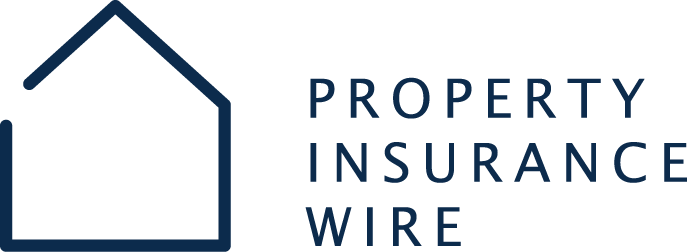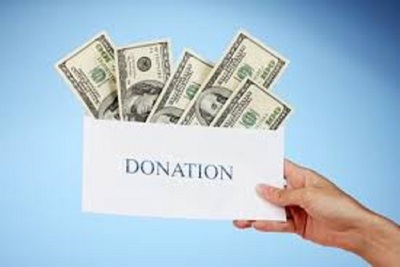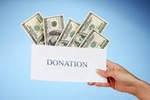American Insurance Association issued the following announcement on Aug. 7.
Hurricane Isaias made landfall on the Carolina coast as a Category 1 hurricane and continued its trek up the east coast leaving a path of destruction in its wake. As affected communities begin to assess the damage, the American Property Casualty Insurance Association (APCIA) is providing recovery and claims tips to help residents get on the road to recovery.
“If your home or business was damaged, contact your insurer as soon as possible through their toll-free claims number, app, website, or by text to get the claims process started,” said Ron Jackson, vice president of state government relations for the southeast region for APCIA. “You should also make a thorough inventory of what was lost or damaged.”
Damage associated with wind and other severe weather is typically covered under a standard homeowners, renters or business policy, however, flood damage is not. Flood damage is covered under a separate policy so property owners will need to contact their flood insurer to file a flood-related claim. Water damage to a vehicle is typically covered if the policyholder’s auto policy includes comprehensive insurance coverage.
“If your home is unsafe to live in due to a covered loss, ask your insurer if your policy has an additional living expense provision which can help offset the cost of hotels and food,” added Jackson.
After the storm, watch out for dishonest contractors and third parties who often go door to door preying on homeowners in need of repairs. Before signing any contracts for repair work, talk to your insurer first to make sure the damage is covered. Your insurer can help you find a reputable and licensed contractor, or you can check with your local better business bureau for references. APCIA offers tips for how to avoid contractor fraud and abuse here.
APCIA offers the following recovery tips:
Filing a Claim
· Contact your insurer as soon as possible to report the damage. Have your policy number ready.
· Photograph or videotape the damage to share with your insurer and keep a copy for your records.
· Make temporary repairs if it is safe to do so. If there are holes in your roof or your windows are broken, be sure to cover them as quickly as possible to prevent further damage.
· Save receipts for any materials you purchase to assist with repairs. You may submit them to your insurer for reimbursement.
· Do not throw away any damaged items until an adjuster visits your home. Keep in mind that due to COVID-19 and social distancing, you may collaborate with an adjuster via a video call instead of an in-person visit.
· Many standard homeowners and renters policies provide reimbursement of additional living expenses when the property is determined to be uninhabitable due to damage. This provision helps pay for things like temporary housing, restaurant meals, overnight parking and laundry service. Check with your insurer or agent for a list of what your policy will cover.
After a Flood
· Shovel or scrape mud off floors, furniture, and walls before the mud dries. Then hose down the walls with clean water, starting from the ceiling.
· Major appliances, such as refrigerators and stoves, can be washed and dried completely. In most cases, they will not be damaged unless they were operating at the time the water covered them.
· Diluted chlorine bleach can be used to clean household items, appliances, walls, and floors and will help control odors.
· Wood furniture should be dried outdoors, but not in direct sunlight. Remove drawers and other moving parts before they dry.
· Food utensils and equipment should be washed thoroughly and sterilized before using. Any food that is open and exposed to flood waters should be discarded.
Original source can be found here.










 Alerts Sign-up
Alerts Sign-up